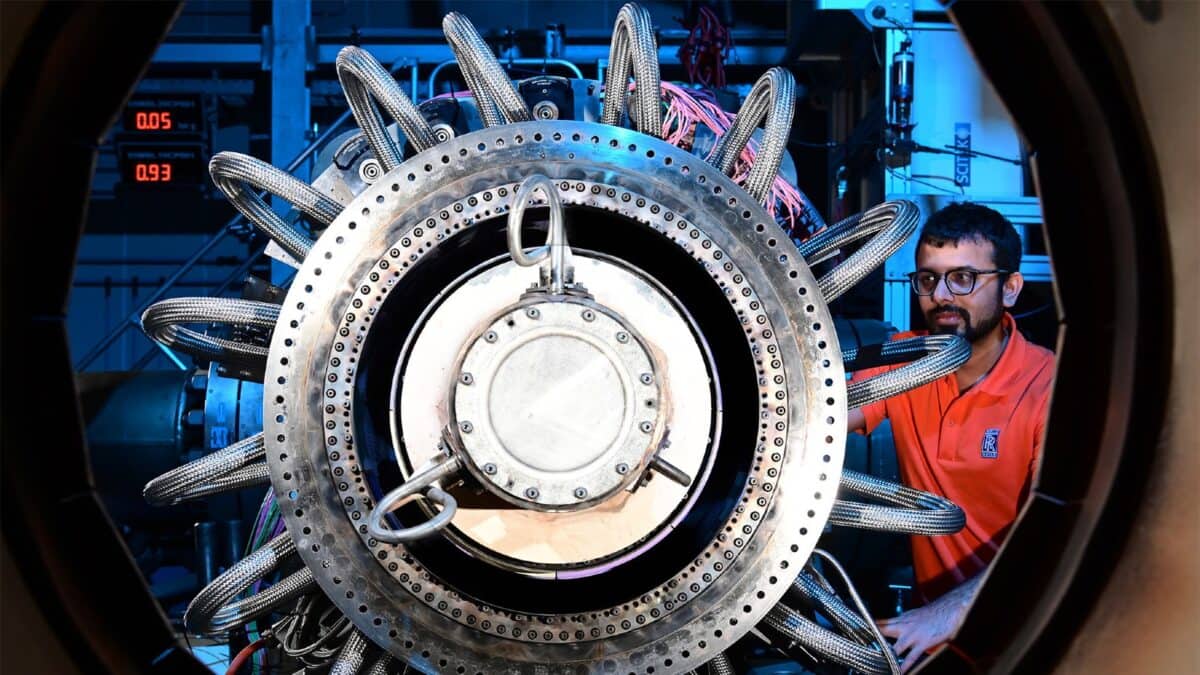Despite being royally decimated during the pandemic, the Rolls-Royce (LSE:RR.) share price is on fire. In the last 12 months, the engineering giant has seen its market capitalisation surge over 200%. And since falling to its lowest point in October 2020, the stock is up a whopping 630%!
It seems new CEO Tufan Erginbilgic is making the right moves to navigate the business back on course. But is this stellar performance just the tip of the iceberg? Let’s take a closer look.
An unexpected comeback
With the bulk of Rolls-Royce’s income stemming from the construction and maintenance of large aircraft engines, the global travel bans in 2020 were a massive blow to this enterprise. And when paired with the ginormous pile of debt obligations, it looked like the company was on the verge of bankruptcy.
In an effort to save the business, Erginbilgic was brought in to overhaul operations and get things back on track. So far, he seems to be doing just that. Underlying profits are now back in the black for the first time in years, with sales enjoying the recovery of the long-haul travel market.
Meanwhile, management has just rolled out the next step in its turnaround strategy to streamline and optimise the business further. Sadly, this does include the elimination of up to 2,500 jobs. However, the goal is to eliminate duplication and simplify procurement to further bolster profit margins, supporting the development of new technologies.
Needless to say, these are encouraging signs. And they’re already starting to translate into tangible financial results with drastically improved free cash flow generation and the elimination of debt.
Not out of the woods yet
As impressive as the comeback story has been so far, Rolls-Royce still has several challenges to overcome. The biggest is easily its financial leverage. Improvements in cash flow generation, along with the disposal of non-core assets, have helped wipe out £2.3bn of loan obligations from its books. But there’s still another £5.6bn to go. And with total liabilities still significantly higher than total assets, the firm is operating in negative equity territory.
In other words, solvency remains a significant problem. Management has introduced various hedges against its loan book to prevent out-of-control interest rate hikes. However, the firm has still incurred £173m of interest expenses across the first six months of 2023 – the highest on record.
Needless to say, that’s acting as quite a handicap to bolstering margins in line with its industry peers. Nevertheless, investor confidence has improved drastically this year. And with a path to recovery now laid out, the firm looks like it’s on track to return to its darling status as a far healthier and more profitable enterprise.
Personally, I’d like to see further improvement in its balance sheet before adding this business to my portfolio. But for more speculative investors, if the business continues to move in the right direction, snapping up shares today could be lucrative in the long term, despite the risks. At least, that’s what I think.







